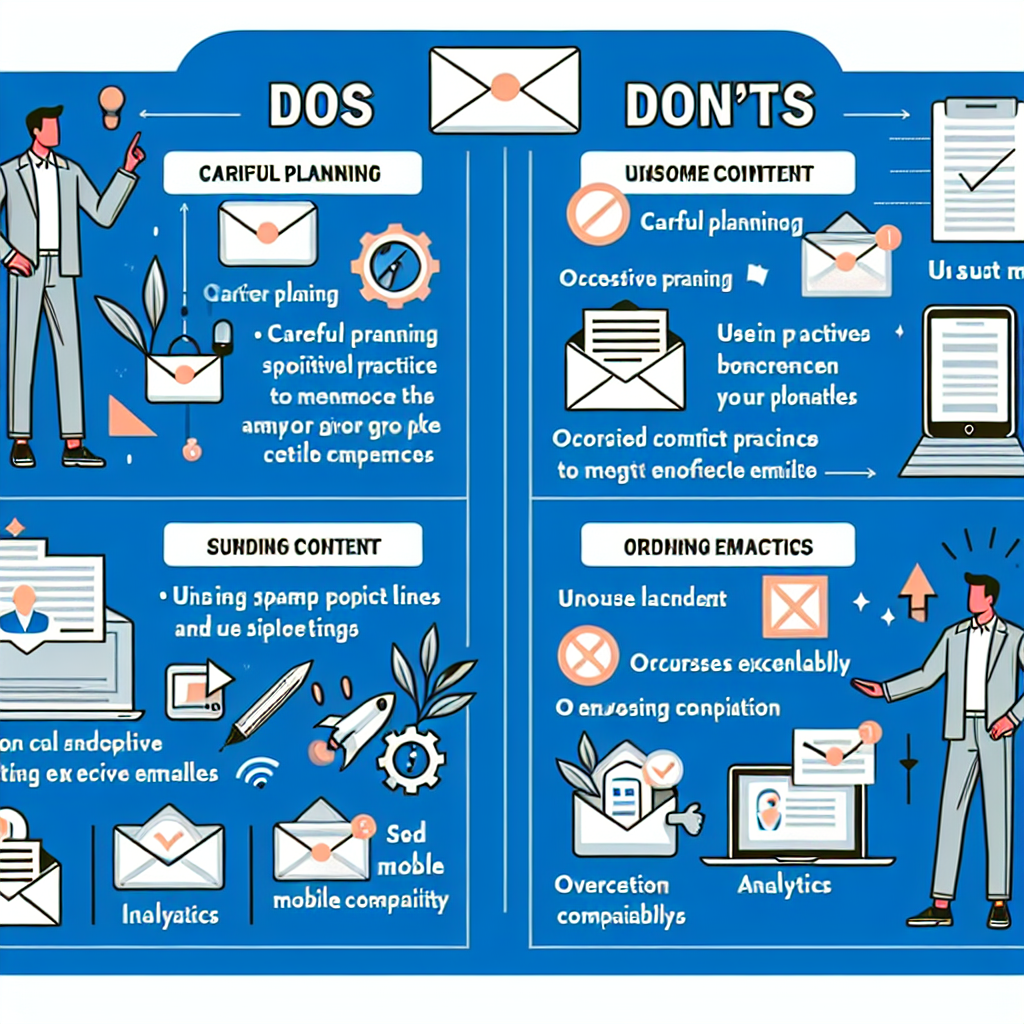The Importance of Call-to-Actions in Lead Generation
In the digital marketing landscape, generating leads is crucial for any business looking to grow and thrive. An essential component of an effective lead generation strategy is the use of Call-to-Actions (CTAs). When used correctly, CTAs can significantly boost your conversion rates, turning website visitors into paying customers. This blog post delves into the importance of CTAs in lead generation, providing actionable tips and insights to help you optimize your CTAs for maximum impact.
What is a Call-to-Action (CTA)?
A Call-to-Action is a prompt on a website that encourages visitors to take a specific action. Typically, CTAs are written as a command or action phrase, such as “Sign Up Now,” “Get Started,” or “Download Free Guide.” They are designed to guide the user toward a particular action that benefits both the user and the business.
Why Are CTAs Important in Lead Generation?
CTAs play a pivotal role in lead generation for several reasons:
1. Directs User Action
Without a clear CTA, users may not know what action to take next. A well-placed CTA provides direction, guiding users through the conversion funnel and ultimately leading to higher conversion rates.
2. Improves User Experience
CTAs contribute to a seamless user experience by making it easy for visitors to navigate your site and find what they’re looking for. This ease of use increases the likelihood that users will complete the desired action.
3. Measures Effectiveness
CTAs are an excellent way to measure the effectiveness of your marketing campaigns. By tracking CTA click-through rates, you can gain valuable insights into user behavior and refine your strategies accordingly.
Effective CTA Design and Placement
Creating an effective CTA involves more than just writing compelling copy. Design and placement are equally important. Here are some best practices:
1. Use Action-Oriented Language
Your CTA should use strong, action-oriented language that motivates users to take immediate action. Phrases like “Download Now,” “Get Your Free Trial,” or “Join Our Newsletter” are effective because they are direct and specific.
2. Make it Visually Appealing
A visually appealing CTA stands out and grabs the user’s attention. Use contrasting colors, bold fonts, and ample white space to ensure your CTA is easily noticeable.
3. Placement Matters
Place your CTAs strategically throughout your website. Common effective placements include:
- Above the fold on your homepage
- At the end of blog posts
- In the sidebar
- Within a pop-up or slide-in form
4. A/B Testing
A/B testing different versions of your CTAs can provide valuable insights into what works best for your audience. Test different text, colors, and placements to see which combination yields the highest conversion rates.
Examples of Effective CTAs
Let’s look at some examples of effective CTAs from various industries:
1. E-commerce
A clothing retailer might use a CTA like “Shop the Sale” during a promotional period. This CTA is effective because it creates a sense of urgency and directs users to a specific action.
2. SaaS (Software as a Service)
A SaaS company offering a free trial might use a CTA like “Start Your Free Trial.” This encourages users to try the product without any initial commitment, increasing the likelihood of conversion.
3. Content Marketing
A blog post might end with a CTA like “Download our Free Ebook.” This not only provides value to the reader but also helps the business capture leads through a downloadable resource.
Relevant Statistics
To underscore the importance of CTAs in lead generation, consider these statistics:
- Emails with a single call-to-action increased clicks by 371% and sales by 1617% (WordStream).
- Adding CTAs to your Facebook page can increase click-through rates by 285% (AdRoll).
- Over 90% of visitors who read your headline also read your CTA copy (Copyblogger).
Actionable Tips for Optimizing Your CTAs
Here are some actionable tips to help you optimize your CTAs:
1. Use Clear and Concise Language
Avoid jargon and keep your CTA text clear and concise. The goal is to make it immediately obvious what action the user should take.
2. Create a Sense of Urgency
Using phrases like “Limited Time Offer,” “Act Now,” or “Don’t Miss Out” can create a sense of urgency, encouraging users to take action immediately.
3. Align CTA with User Intent
Ensure your CTA aligns with the user’s intent and the content they are engaging with. For example, a blog post about email marketing could end with a CTA for an email marketing guide.
4. Mobile Optimization
With an increasing number of users browsing on mobile devices, ensure your CTAs are mobile-friendly. Use larger buttons and make sure they are easily clickable on smaller screens.
Conclusion
Call-to-Actions are a critical component of any lead generation strategy. By using action-oriented language, making your CTAs visually appealing, and placing them strategically, you can significantly boost your conversion rates. Remember to continually test and optimize your CTAs to ensure they are as effective as possible. With the right approach, your CTAs can turn casual visitors into loyal customers, driving growth and success for your business.
By focusing on these best practices and continually refining your approach, you’ll be well on your way to mastering the art of CTAs in lead generation. Happy optimizing!


